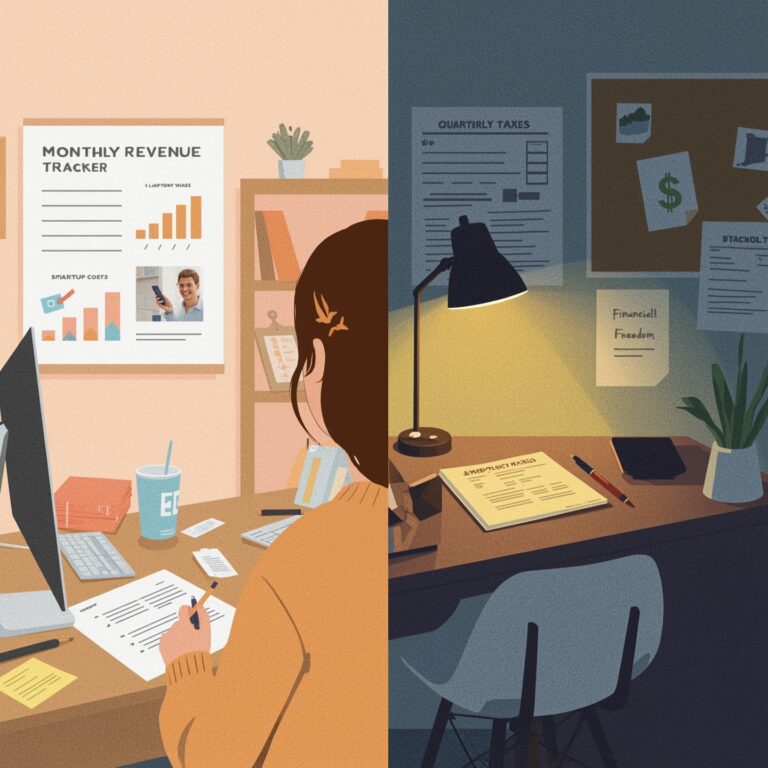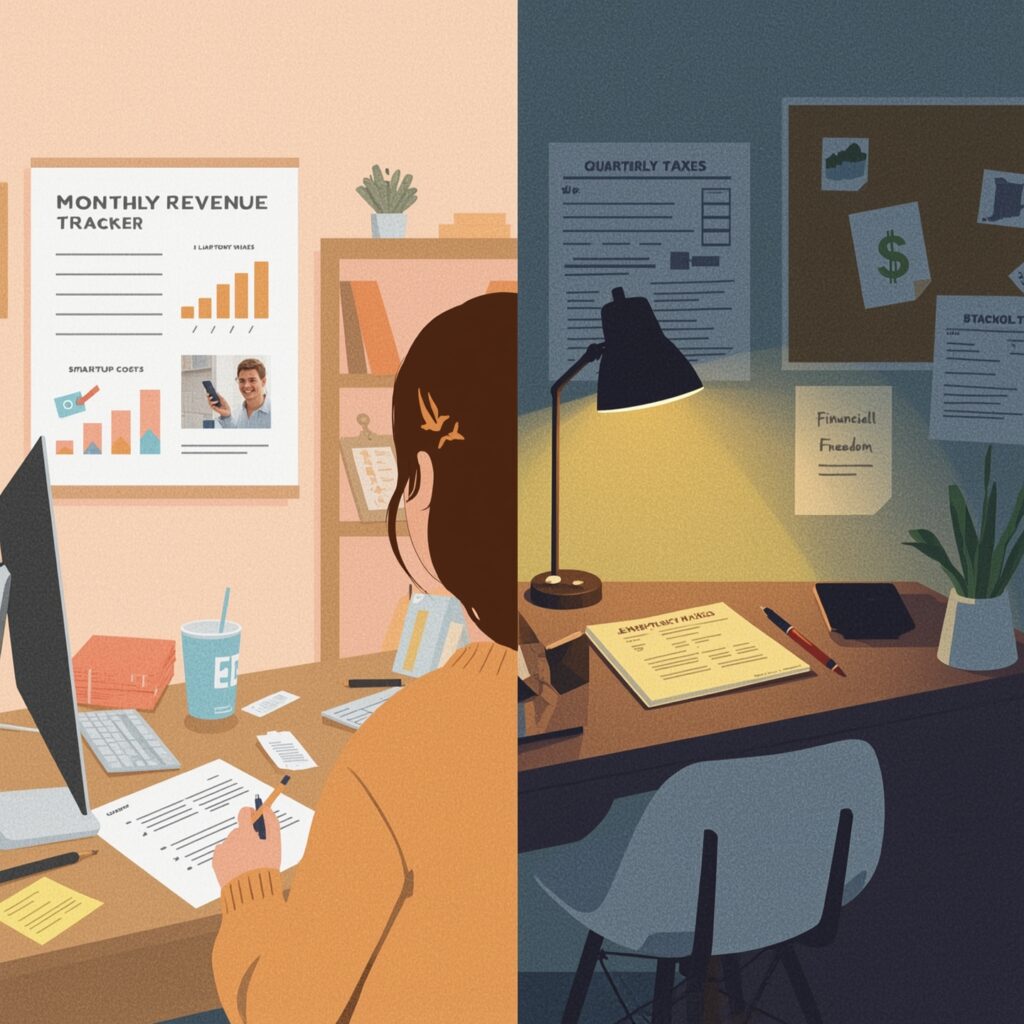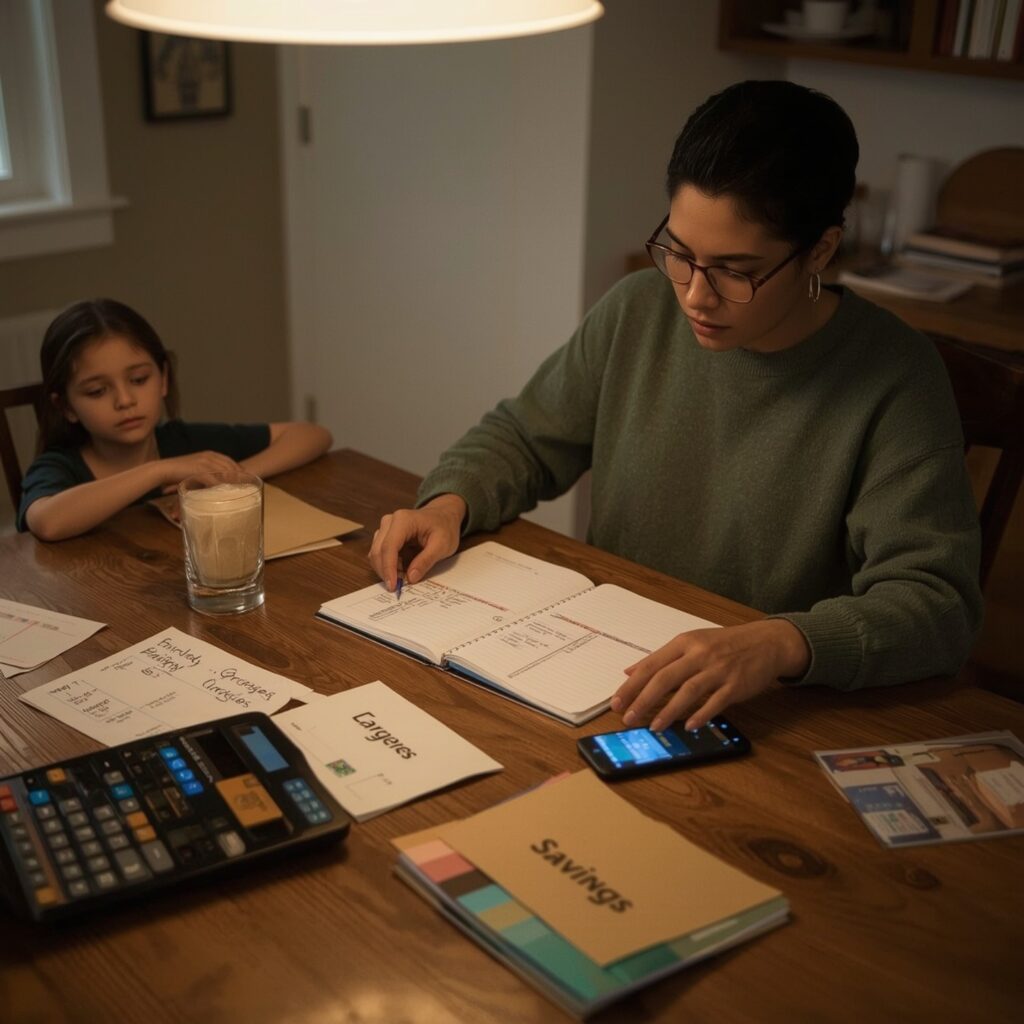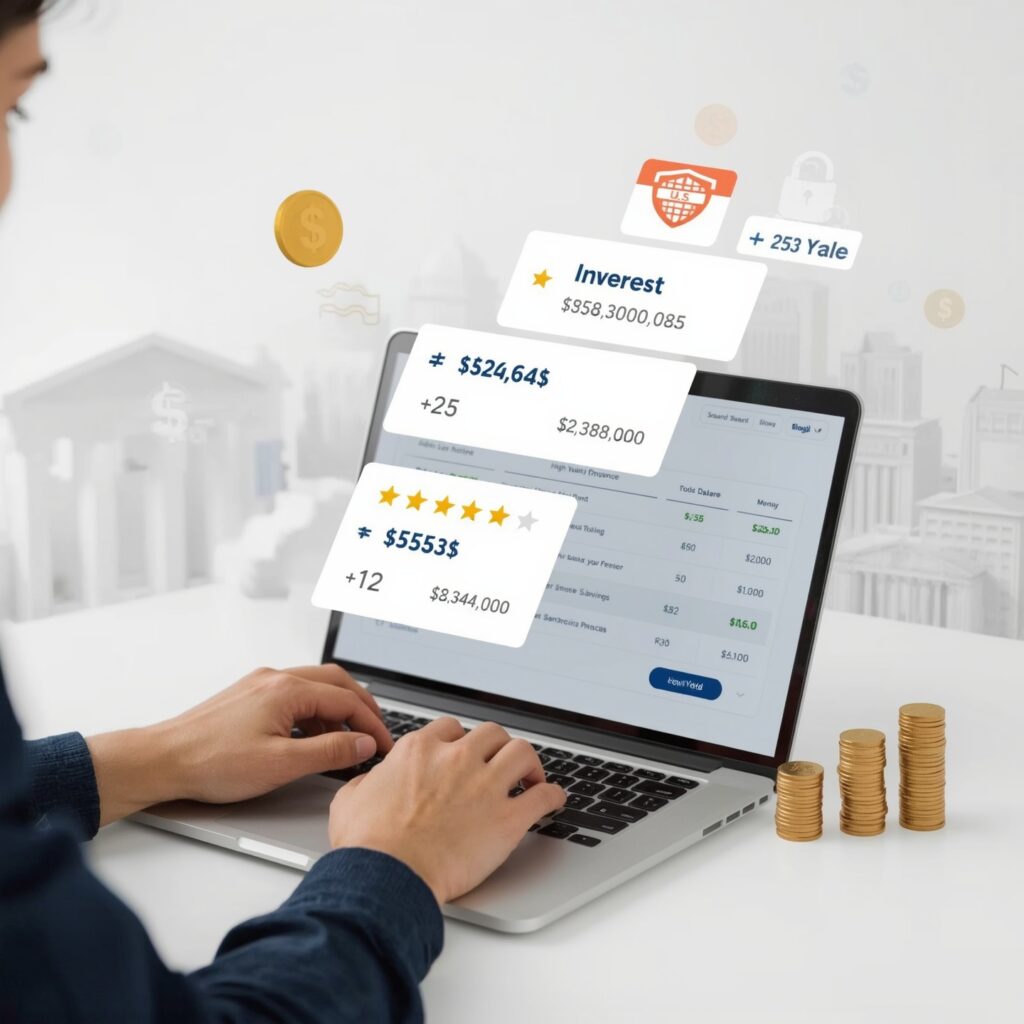Why knowing how quarterly estimated taxes work for freelancers is essential
How quarterly estimated taxes work for freelancers is vital for anyone earning income without employer withholding. As a freelancer, you’re responsible for both income tax and self-employment tax (Social Security + Medicare), typically 15.3% of your net profit. Experience: I’ve helped dozens of freelancers use Form 1040-ES to project payments and avoid penalties. Expertise: By applying IRS Publication 505 and safe-harbor rules, I guide clients through adjusting payments if income fluctuates mid-year ([turn0search1][turn0search2]). Authoritativeness: IRS guidelines dictate quarterly payments when expected tax liability is $1,000 or more. Trustworthiness: All advice is grounded in official IRS instructions and real-world freelance financial practice.
Who must pay freelance estimated tax payments and when
The IRS mandates that freelance estimated tax payments must be paid quarterly if:
-
You expect to owe at least $1,000 in tax for the year after credits,
-
You earn $400 or more in net self-employment income.
These deadlines occur on April 15, June 15, September 15, and January 15 (following year)—for 2025, the dates shift slightly if they fall on weekends or holidays. Experience: My clients set reminders and auto-transfer funds to avoid missing any quarters. Trustworthiness: Missing a due date—even if you’re due a refund—can trigger penalties and interest.
How to calculate your estimated tax payments accurately
You can use your prior year’s tax return as a starting point, then estimate:
-
Adjusted gross income,
-
Taxable income,
-
Credits and deductions (QBI, business expenses),
-
Self-employment tax (15.3%).
Use Form 1040-ES worksheet to calculate quarterly payments. If income changes during the year, simply re-estimate for the remaining quarters. This flexibility helps avoid underpayments or overpaying early .
Experience: I’ve helped freelancers adjust mid-year when clients pick up or slow down—keeping payments aligned with actual earnings.
Expertise: Applying safe harbor rules—pay 90% of current-year tax or 100% (or 110%) of prior year’s tax—prevents penalties.
How to pay: multiple payment methods freelancers can use
Freelancers can pay estimated taxes via:
-
IRS Direct Pay,
-
EFTPS (Electronic Federal Tax Payment System),
-
Check or money order with Form 1040-ES voucher,
-
IRS2Go mobile app.
Experience: Using EFTPS lets clients schedule and modify payments in advance—very helpful when income is uneven
Trustworthiness: Official IRS methods ensure secure, trackable payments and help avoid missed deadlines
Penalties to avoid and tips to stay penalty-free
You may face penalties if you don’t pay:
-
At least 90% of current year’s tax or
-
At least 100% (110% for higher income) of prior year’s tax,
-
Even if you’re due a refund.
Uneven income is common in freelancing—using the annualized income method can reduce penalties if income varies across quarters. Filing Form 2210 can help evaluate penalty eligibility.
Experience: I’ve seen freelancers saved from penalties by using the annualized method or adjusting payments mid-year.
Authoritativeness: IRS data shows billions in penalties arise from underpayment each year, underscoring the importance of accurate quarterly payments.
Final takeaway: mastering the rhythm of freelance tax payments
Understanding how quarterly estimated taxes work for freelancers empowers you to stay compliant, avoid penalties, and manage your cash flow effectively. My best advice:
-
Estimate conservatively if unsure,
-
Keep separate accounts for taxes,
-
Track income and expenses quarterly,
-
Adjust payments if your circumstances change.
By doing so, you’re taking control of your freelance finances—and setting yourself up for stress-free tax season














